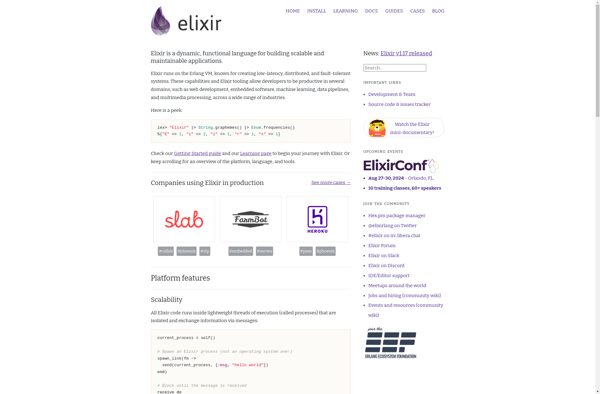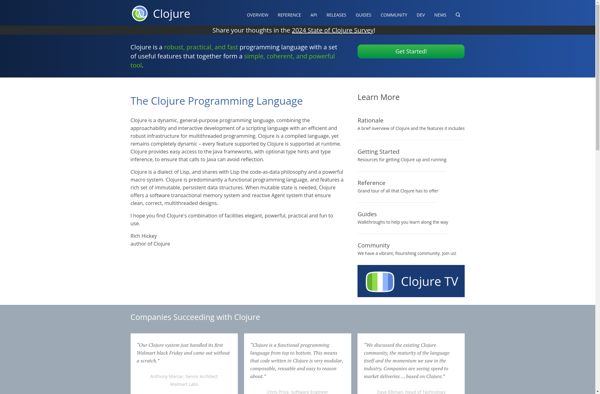Go (Programming Language)

Go: Open Source Programming Language
Open source programming language developed by Google, statically typed, compiled language with syntax similar to C, designed for simplicity, efficiency, and scalability
What is Go (Programming Language)?
Go, also known as Golang, is an open source programming language first developed in 2007 by Robert Griesemer, Rob Pike, and Ken Thompson at Google. It combines the speed and efficiency of a compiled language like C or C++ with the ease of use and productivity of dynamic languages like Python or Ruby.
Some key features and benefits of Go include:
- Statically typed and compiled - Go is a statically typed language, meaning variables must have a defined type at compile time. This catches errors early on. The compiler is also very fast.
- Simplicity - Go has a lightweight syntax with minimal boilerplate code, making it easy to learn and use.
- Concurrency - Go has built-in support for goroutines and channels, making it much easier to write programs that efficiently use multiple CPU cores.
- Fast performance - Go produces very fast and efficient programs, comparable to C or C++.
- Garbage collected - Go has a built-in garbage collector that handles memory management automatically.
- Great for building network/web services - The combination of easy concurrency and high performance makes Go very well suited for building web APIs, servers, and cloud/network applications.
Companies using Go in production include Google, Uber, Twitch, Dropbox, SoundCloud and many more. Overall, Go strikes a nice balance between the performance and control of a lower level systems language with some of the productivity benefits of a dynamic language.
Go (Programming Language) Features
Features
- Statically typed
- Fast compile times
- Built-in concurrency primitives
- Garbage collected
- Simple, clean syntax similar to C
- Strong typing and memory safety
- Excellent community support
Pricing
- Open Source
Pros
Cons
Official Links
Reviews & Ratings
Login to ReviewNo reviews yet
Be the first to share your experience with Go (Programming Language)!
Login to ReviewThe Best Go (Programming Language) Alternatives
Top Development and Programming Languages and other similar apps like Go (Programming Language)
Here are some alternatives to Go (Programming Language):
Suggest an alternative ❐Python

C#

Elixir

C (programming language)

Smalltalk

Jython

Haxe

Haskell

Erlang

V (programming language)

IronPython

REBOL

Ceylon

SdlBasic

Pike programming language

Clojure

SMX
Object Pascal
Janet Language

P Programming Language

Objective-C

Beef Programming Language

X10 (programming language)

Jabaco

GDscript

Cobra

Guile
